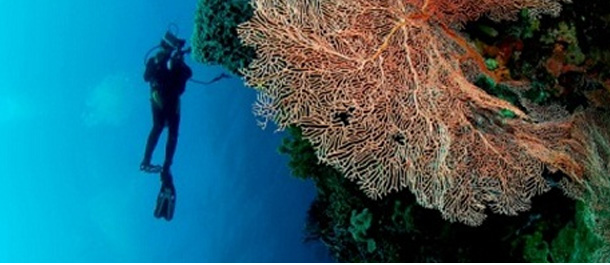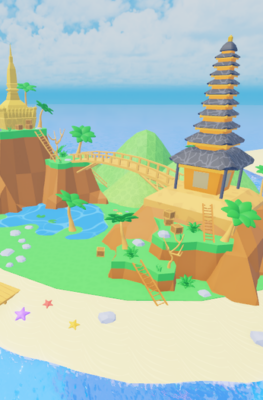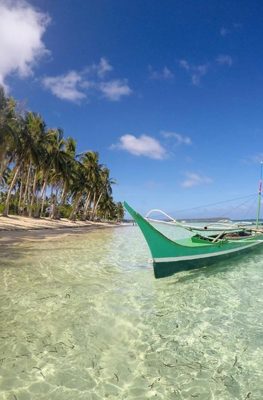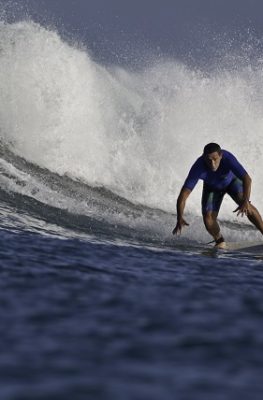Published on July 26, 2012

The 24th Meeting of the International Coordinating Council (ICC) of UNESCO’s Man and the Biosphere (MAB) Programme held in Paris on 11-13 July, has confirmed the Wakatobi National Marine Park in South East Sulawesi as World’s Biosphere Reserve, among 20 newly so recognized reserves in the world.
This brings to eight, the number of UNESCO recognized Biosphere Reserves in Indonesia, that include: the Cibodas Park in West Java, Tanjung Puting National Park in Central Kalimantan, the Lore Lindu National Park in Central Sulawesi, the Komodo National Park in East Nusatenggara, Gunung Leuser National Park in Aceh and North Sumatra, Siberut area in West Sumatra and the Giam Siak Kecil in Riau, reports Indopos.
Located in the heart of the Asia-Pacific Coral Triangle, Wakatobi covers an area of 1.4 million hectares of islands and sea. Its seas contain 942 fish species and 750 coral species among a total of 850 coral species in the world. This compares to 50 coral species in the Caribbean and 300 in Egypt’s renowned Red Sea dive sites.
Wakatobi is in fact an acronym of the 4 main islands in the Wakatobi archipelago, which are: Wangi-Wangi (Wa), Kaledupa (Ka), Tomia (To) and Binongko (Bi). Its pristine waters are bordered by the deep Banda Sea to the north and east, and the Flores Sea to the south.
The main purpose of UNESCO’s World Biosphere Reserve program is to ensure harmonized balance between man, nature and the environment by ensuring available sustainable resources, build the economy of local societies, while protecting the diversity of nature and culture, explained spokesperson for the Ministry of Forestry, Sumarto, to the press, as reported by Indopos.
The successful implementation of the program needs a closely knit partnership among all stakeholders, continued Sumarto, including from research and educational institutions at national and regional level as well as community leaders.
While UNESCO explains that the main characteristics of biosphere reserves are, among others:
– Achieving the three interconnected functions: conservation, development and logistic support;
– Focus on a multi-stakeholder approach with particular emphasis on the involvement of local communities in management;
– Foster dialogue for conflict resolution of natural resource use;
– Integrate cultural and biological diversity, especially the role of traditional knowledge in ecosystem management;
– Demonstrate sound sustainable development practices and policies based on research and monitoring;
– Act as sites of excellence for education and training;
For details on the UNESCO Biosphere Programne, click:
For more information on Wakatobi, click: www.wakatobi.info






